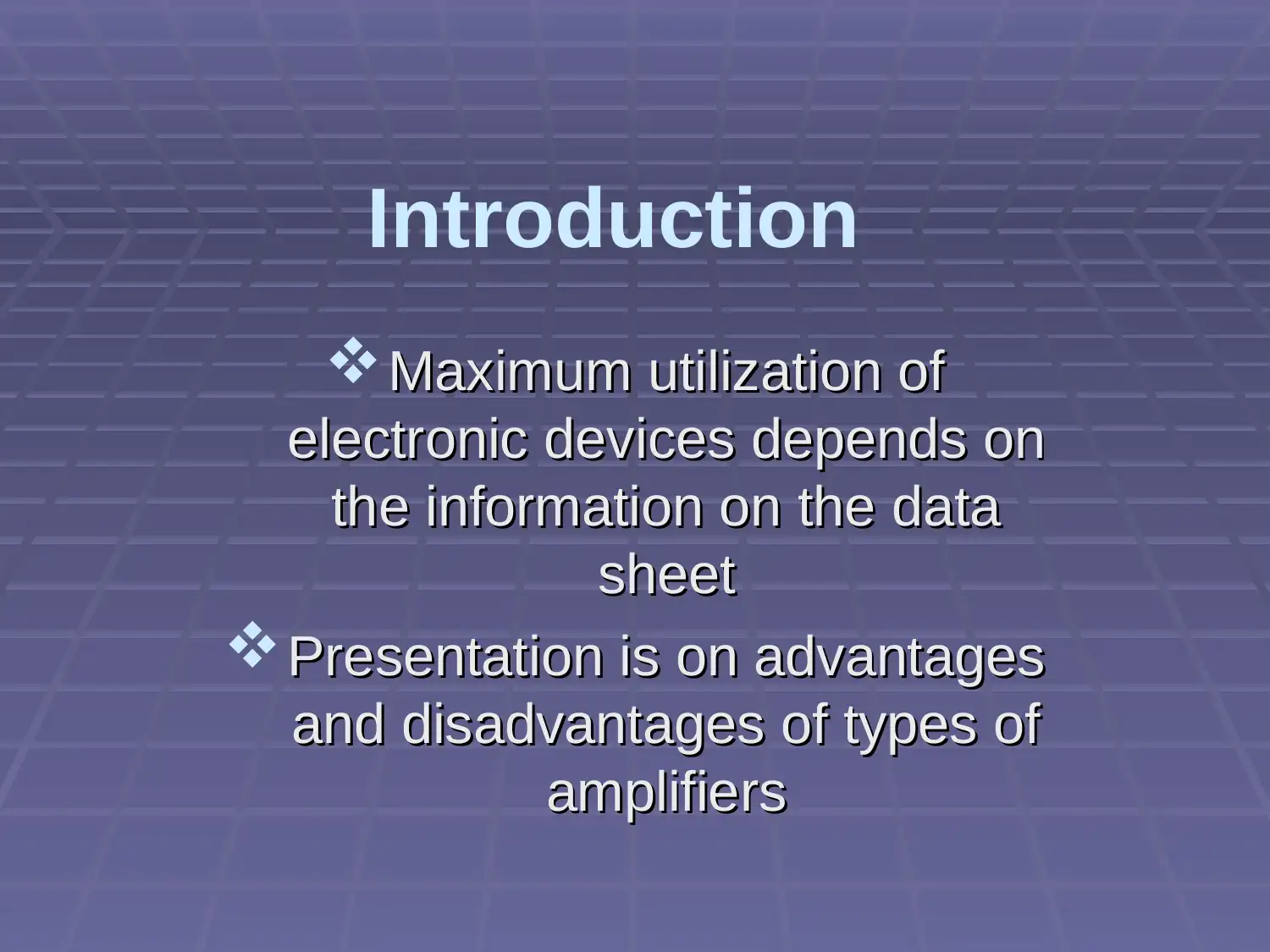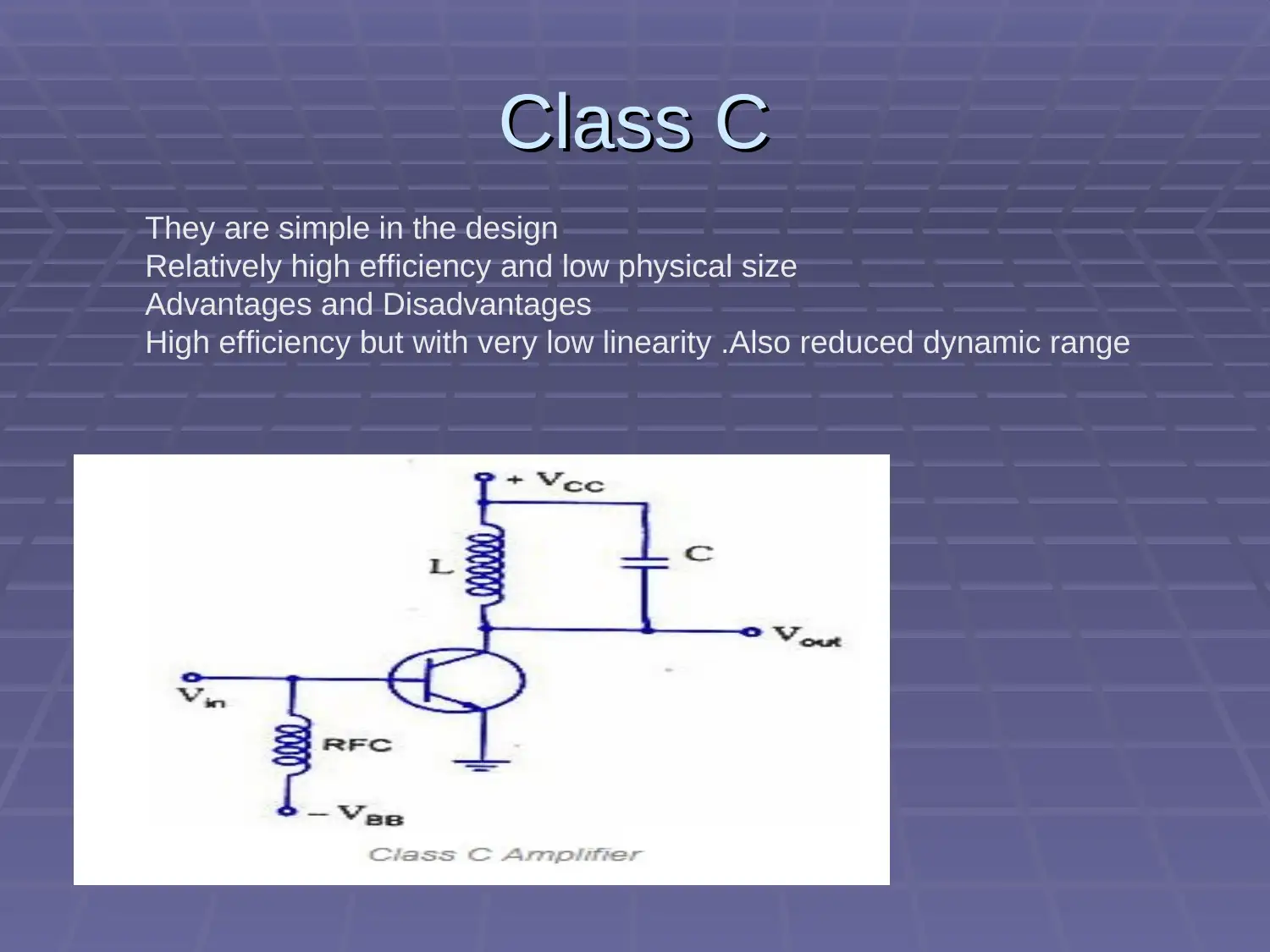Electronic Devices: Data Sheet Identification for Amplifier Types
VerifiedAdded on 2023/06/07
|22
|631
|192
Report
AI Summary
This report provides a comprehensive guide on identifying appropriate manufacturer data sheets for electronic devices, emphasizing the importance of data sheets for maximizing device utilization. It covers various amplifier types, including Class A, Class B, Class AB, Class C, Class S, Class T, and Class D amplifiers, detailing their advantages, disadvantages, and possible applications. The report includes circuit testing procedures, such as visual inspection, voltage measurements, wiring polarity checks, and harmonic analysis. It concludes with recommendations for data sheet clarity and the importance of understanding circuits before amplifier selection. The document references several academic sources to support its findings, highlighting the complexities and nuances of amplifier technology and practical applications.
1 out of 22


















![[object Object]](/_next/static/media/star-bottom.7253800d.svg)